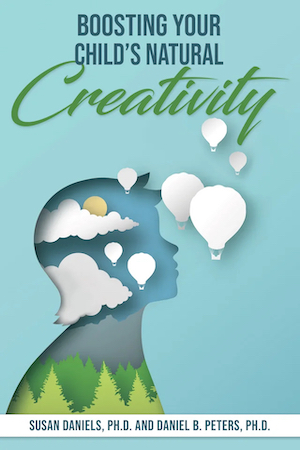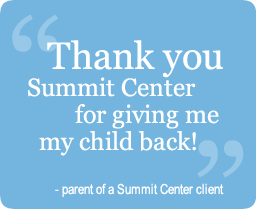By Susan Daniels, Ph.D.
Yes, imagination is your superpower! Imagination allows us to draw upon our capacities for creativity and visual thinking – for going beyond what is to what might be. Creativity, visual thinking and imagination allow us to picture possibilities. In our imaginations, we can explore ideas, things, people, and places that are not part of our present environment. We can imagine things that have happened in the past, and we can think of things that are not real – or not real yet.
We can use our creativity and visual thinking to design new possibilities. For example, we can imagine a cake we want to bake for a special occasion and how to decorate it. We can imagine a spaceship arriving from another dimension and appearing in the earth’s orbit. We can imagine a character for a short story or a graphic novel. We can imagine how we want to spend time on a vacation. Oh, there are so many possibilities for using our imagination!
Imagination and Learning
A vivid imagination is one of the hallmark characteristics of creative thinking. Young children exude imagination and are often make up imaginary characters that have imaginary conversations in imaginary worlds. Imagination comes naturally to children. Yet, while imagination is considered by some to be “just a whimsical pastime for young children,” imagination is also at the core learning.
Lev Vygotsky—an early and eminent 20th century developmental psychologist—considered imagination as essential for all learning and development. He described two kinds of cognitive behaviors: those that are reproductive of our past experiences, which lack a creative quality, and those that he called imaginative. According to Vygotsky, imaginative behavior is based on the brain’s ability to draw from, combine, and recombine elements from our previous experiences – generating ideas for something new. He said:
The brain is not only the organ that stores and retrieves our previous experience; it is also the organ that combines and creatively reworks elements of this past experience and uses them to generate new propositions and new behavior…. This creative activity, based on the ability of our brain to combine elements, is called imagination or fantasy in psychology.
Further, many contemporary developmental and cognitive psychologists consider imagination to be central to all thought. Imagination helps us learn new concepts; imagination provides opportunities for relaxation in moments of daydreaming and reverie; and imagination fuels our creativity and problem-solving abilities.
Applied Imagination – Where Creativity and Visual Thinking Meet
We can actively apply imagination to support a child’s creative thinking. For example, parents, teachers, and other caregivers can support, and boost, children’s active imagination by posing questions and engaging them in imaginative play. They might ask, for example:
- What if dogs fit in the palm of your hand?
- What if people didn’t walk but instead bounced like pogo sticks?
- What if people could fly like birds?
- What if insects could talk? What would they say to us?
- What would a furry lollapalooza look like, and would it make a good pet?
- If you were to have magic powers, what would they be? And what would you do?
- What if people were only two inches tall? What would the world look like to them? How would they live differently?
- What invention could you create that would help people the most in their daily lives?
These open-ended questions will get children’s imaginations engaged. You can also have children think up their own questions for double the imaginative play. Further, these questions can be used as prompts for creating drawings, stories, illustrations, designs, and inventions.
About the Book
Read more about supporting your child’s imagination and creative thinking in Boosting Your Child’s Natural Creativity, co-authored by Dr. Susan Daniels with Dr. Dan Peters. The book is now available from Gifted Unlimited LLC or Amazon.
Dr. Susan Daniels is co-founder of the Summit Center and Professor Emerita of Educational Psychology and Counseling at California State University – San Bernardino. She is an internationally recognized expert in the field of gifted education and creativity, co-editor of Living with Intensity (Gifted Unlimited, 2008), and author of Visual Learning and Teaching: An Essential Guide for Educators K-8 (2018, Free Spirit Publishing).


